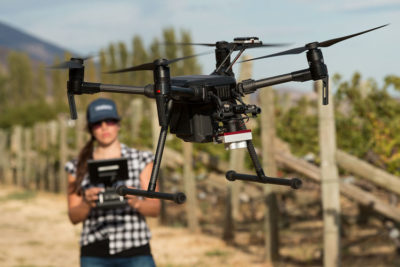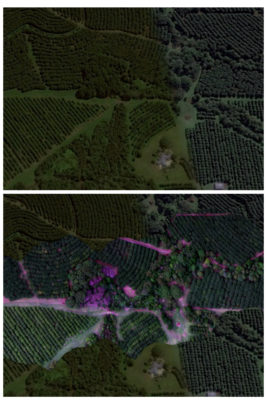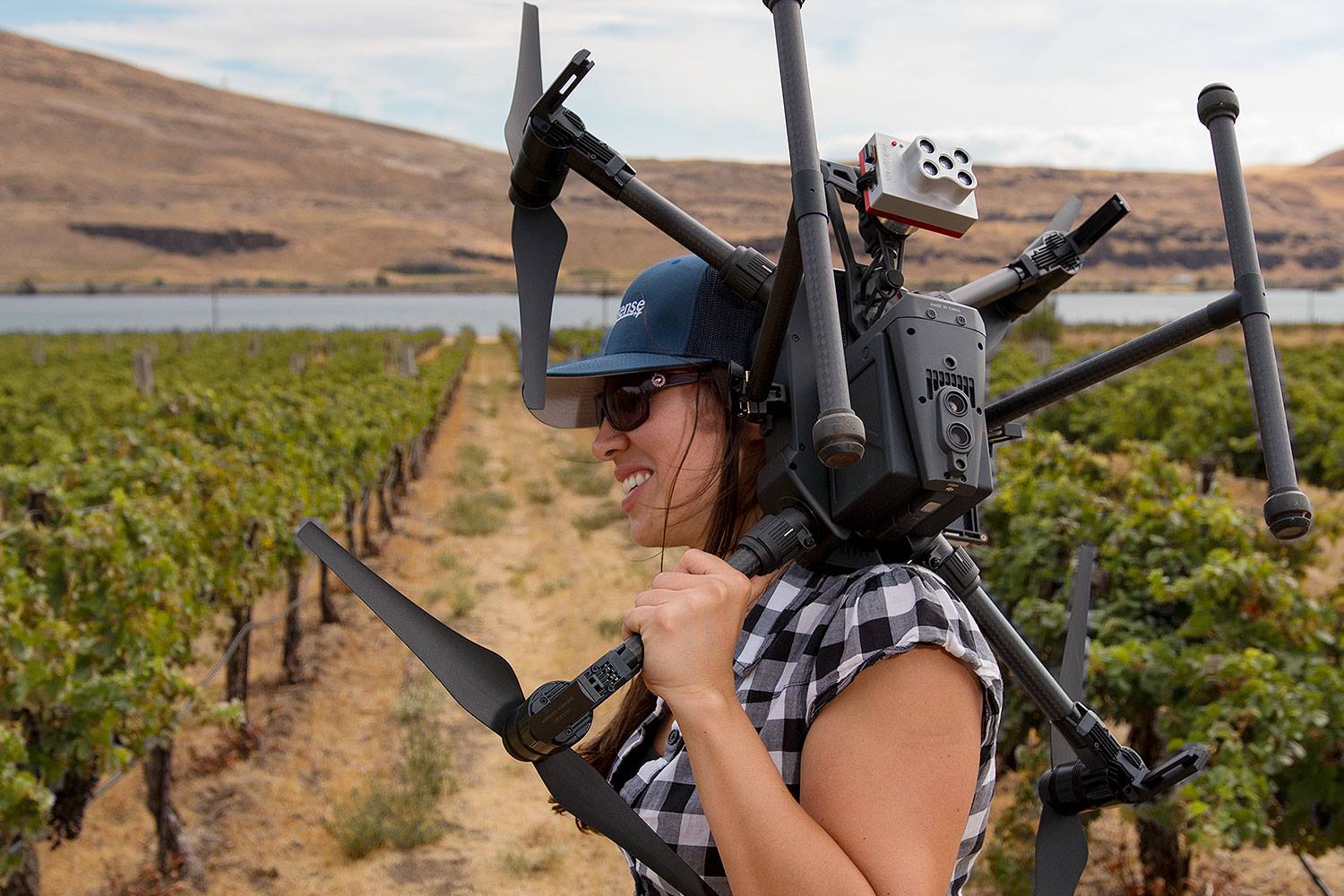MicaSense, a leader in developing drone sensors for precision agriculture, and
FluroSat, a software company focus on agronomic analytics delivery, have announced a partnership in order to better serve imagery and analytics to agriculture industry stakeholders.

MicaSense's RedEdge-MX drone sensor in the field.
Collaboration between Seattle-based MicaSense and Australia-based FluroSat began during the 2017-18 growing season when the companies worked together on a trial basis to 14,000 acres of cotton grown on 71 irrigated and dryland farms.
"This partnership is a step forward towards providing a more complete agronomic solution to our customers," Dr. Manal Elarab, director of enterprise solutions at MicaSense, told Commercial UAV News. "We understand that Micasense users are looking for information about their crops — a decision about a disease, a management practice — when using imagery and not pretty pictures. We want to enable Flurosat to deliver the information piece to the agronomists and services providers that have the Micasense sensors."
By using the
multispectral data from MicaSense's RedEdge and Altum sensors combined with Flurosat analytics in field crops, users can expect to improve yield and reduce costs on water and fertilizer management. With improved analytics delivered automatically, users can skip the time-consuming tasks such as imagery analysis, separating plant signal from soil “noise” and monitoring crops by getting straight to detection of potential yield-robbing issues.
"For instance, in the trial performed during the 2017-18 growing season, cotton growers in Australia’s Gwydir/Namoi region were able to monitor crops' nitrogen levels throughout the season, resulting in a more timely and precise in-crop fertilization recommendations that ensured that Nitrogen was being used only where it could make a positive impact on yield," explained Elarab. "These practices reduced fertilizer costs by 30 to 35 percent on average and improved yields by 20 percent."
The questions these two companies regularly hear from their companies are common refrains in agriculture: How can I improve my yield? What is the best time to harvest? How can I use fertilizers more efficiently? When and where to I need to irrigate?
This partnership aims to answer those questions swiftly and accurately.

An RGB aerial image of a farm vs. an image analyzed by FluroSense showing stressed areas.
“At MicaSense, we pride ourselves on being sensor experts, yet we know sensors are just one piece in the overall puzzle of crop management. We see FluroSense as the analytics engine that provides added value to our customers because its models are science-based and integrate multiple information layers with sensor data to form a prediction. Through this partnership, we hope to better align quality software with quality hardware and thus help our customers unleash the full potential of their sensor data,” said Elarab in a press statement.
“As we’ve built our agronomic models, we have come to rely on chlorophyll and water stress indicators as early indicators of crop stress allowing the growers and agronomists to tackle issues as they arise, before the damage becomes irreversible. The information captured by RedEdge and thermal bands of MicaSense cameras is exactly what is needed to estimate the crop chlorophyll and water levels used in our predictive models in agriculture. As FluroSat and MicaSense both continue to develop our technologies, we look forward to delivering value to the growers and advisors, as well as creating the “easy button” in the form of an integrated workflow, which everyone in the industry is looking for,” said Dr. Anastasia Volkova, FluroSat's CEO and founder.
In the short-term, the two companies hope to bring value to the commodities that Flurosat has proven ROI in, namely grains and cotton. As the partnership develops, the hope is to expand into fruit tree growers, vineyards and other crops.






Comments